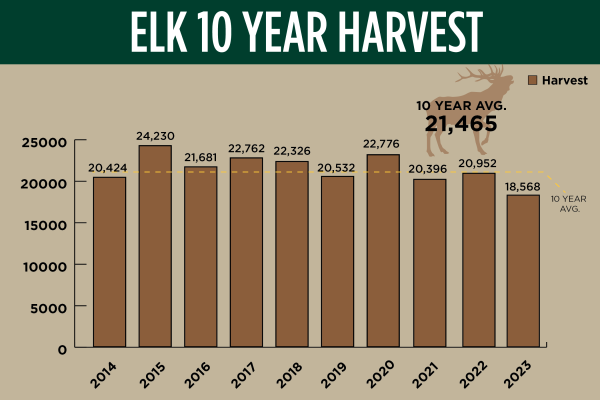By Glen Wunderlich
Charter Member Professional Outdoor Media Association (POMA)
In year 2016, the Natural Resources Commission (NRC) requested the Department of Natural Resources (DNR) to develop a recommendation to expand the coyote hunting season. Subsequently, the coyote hunting season was changed from July 15 to April 15, to year-round. At the time, the DNR did not expect a year-round season to have a significant biological impact at the statewide level and all indications are that it did not.
However, at the March NRC meeting, closure of the season was adopted on a 4-2 vote, and it takes effect April 15. So, why the about face?
Michigan United Conservation Clubs’ Policy and Government Affairs Manager Justin Tomei spoke at the meeting and said the science on coyote management is clear.
“Today, we laid out a clear scientific argument for the use of lethal coyote management, via hunters, during the spring and summer months,” said Tomei. “Coyote management is most effective in the spring when you can actively control local predator populations, limit depredation and increase deer densities.”
“The first question during the first DMI [Deer Management Initiative] meeting was about predator management,” Trotter said. “The DMI will inevitably make some recommendation regarding predator management, and the commission should wait to ensure all stakeholder opinions are considered.”
The vote came after commissioners rejected attempts from NRC members Nyberg and Walters to remove the closure from the wildlife conservation order and table the vote.
Since Proposal G of 1996 was passed by a whopping 69 percent of Michigan voters, it granted the NRC exclusive authority over the taking of game and required the commission, “to the greatest extent practicable, to use principles of sound scientific management in making decisions regarding the taking of game.”
“No scientific evidence has been presented to justify the closure of the coyote hunting season, and the NRC had an obligation to oppose this part of the order per Proposal G and the authority it provides to them,” Amy Trotter of MUCC said. “Now enacted, it will make the fight to defend lethal wildlife management that much harder.”
However, concern exists and has resurfaced about social perception and future loss of management tools, if the open season continues to allow coyotes to be taken when there are dependent young present. The proposed change will result in not allowing coyote harvest while female coyotes have dependent young. Additionally, coyotes will still be able to be taken year-round on private land if a coyote is doing damage or physically present where it could imminently cause damage.
But an animal rights group, People for the Ethical Treatment of Animals (PETA) says that while shortening the hunting season is a step in the right direction, banning coyote hunting altogether is a better solution.
It appears that our NRC has supplanted science for emotional rhetoric, and accordingly, owes Michigan voters an explanation relative to its betrayal of the peoples’ trust.






 If you or someone you know has dreamed of a career among the ranks of the state’s conservation officers, listen up: The Michigan Department of Natural Resources is accepting applications for the training academy that starts i
If you or someone you know has dreamed of a career among the ranks of the state’s conservation officers, listen up: The Michigan Department of Natural Resources is accepting applications for the training academy that starts i
